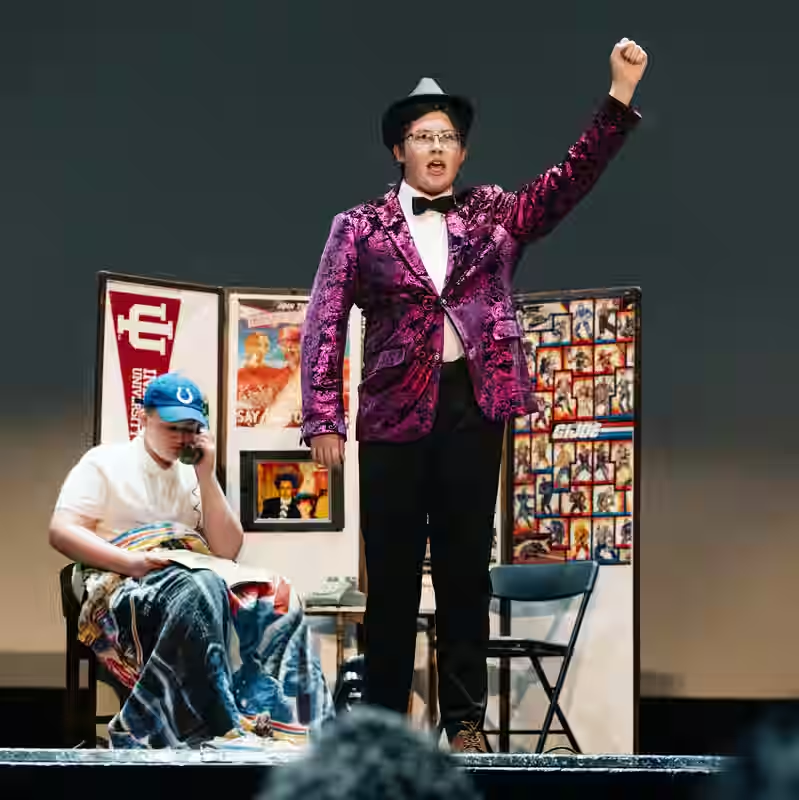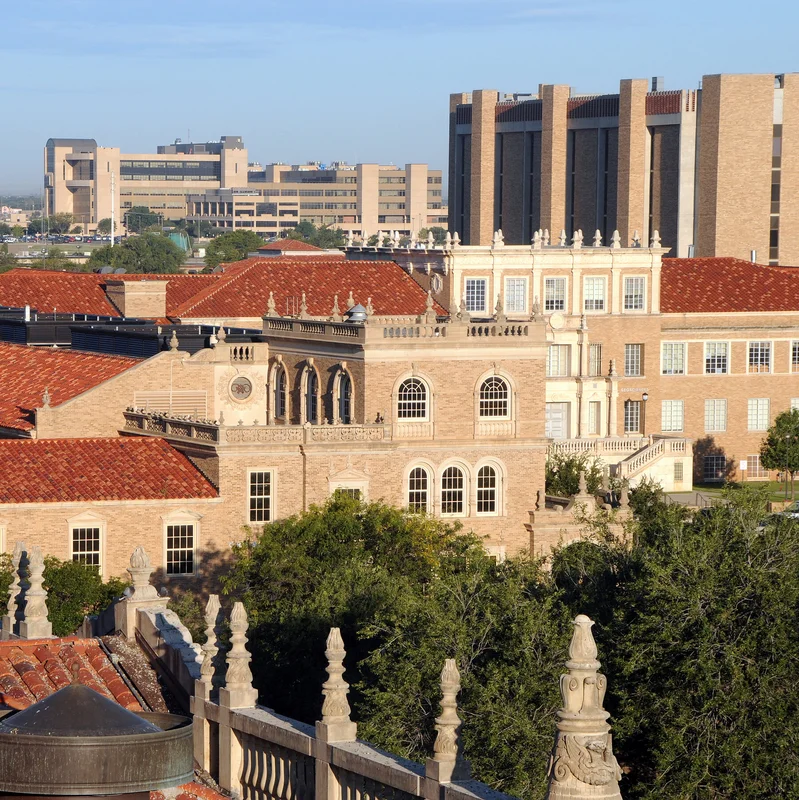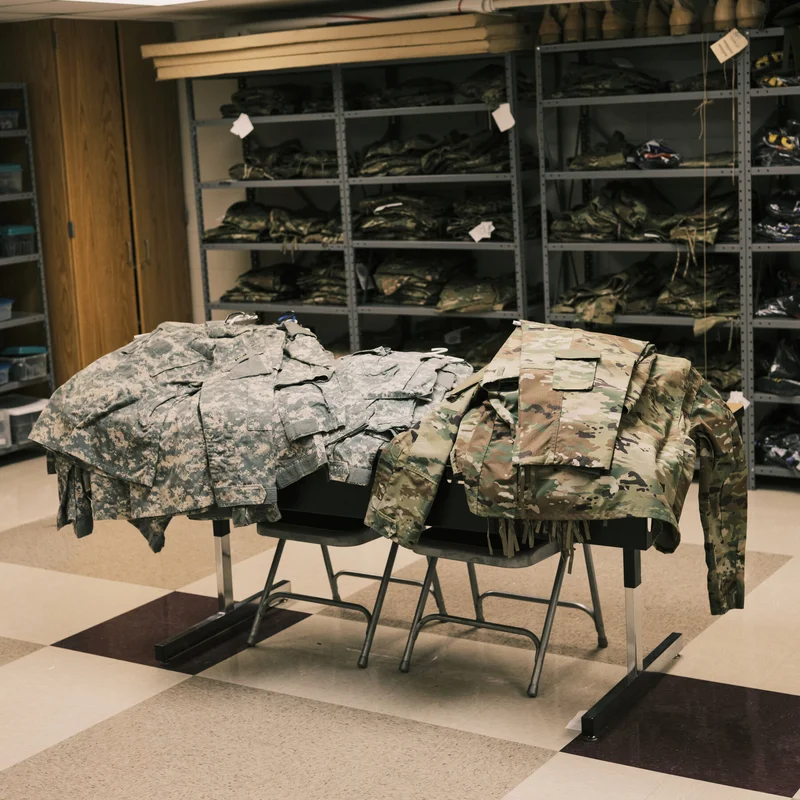History Isn’t Dead—It’s Going Viral
Forget dusty textbooks and rote memorization. Today’s students are bringing history to life through song parodies, interactive exhibits, and emotionally powerful projects that spotlight forgotten voices. At the heart of this revolution? National History Day (NHD)—a dynamic, student-driven competition that’s redefining how young people engage with the past.

What Is National History Day?
Founded in 1974 ahead of the U.S. Bicentennial, National History Day now reaches over 500,000 students annually. Participants choose a historical topic tied to an annual theme—in 2025, it was “Rights and Responsibilities in History.”
Students then create original projects in one of five categories:
- Exhibits
- Documentaries
- Papers
- Websites
- Performances
From Radium Girls to Indigenous Rights: Student Projects That Made Waves
This year’s competition featured deeply researched, emotionally resonant entries such as:
| Project Title | Historical Focus | Student Insight |
|---|---|---|
| “Rights Denied, Lives Lost: The Radium Girls” | Early 20th-century labor rights | Corporate accountability through worker tragedy |
| “Missing and Murdered Indigenous Women” | Contemporary Indigenous justice | “We really wanted to raise awareness,” said Imani Haven, 16 |
| “Flight Attendants vs. Cigarette Smoke” | 1980s public health advocacy | How cabin crew changed federal law |
Why Students Are Hooked
“You get to talk about history without it being a foreign concept,” said 13-year-old Kaleb Ice from Indiana. For many, NHD is their first chance to explore history through personal passion—not standardized curricula.
“You have to learn about the past to build the future.”
— Aesop Birkemeier, age 13, NHD participant
What Educators Can Learn
NHD’s success lies in its core principles:
- Student choice: Learners pick topics they care about.
- Project-based learning: Deep research meets creative expression.
- Inclusivity: Diverse narratives—especially from marginalized communities—are centered.
- Nonpartisan rigor: Projects require primary and secondary sources with annotated bibliographies.
Teachers looking to revitalize their classrooms might ask: How can I make history feel urgent, personal, and alive? [INTERNAL_LINK:history-education]
Would You Compete?
If you were to join National History Day, what would you explore? The Paralympics? Title IX? The Tuskegee experiments? The possibilities are as vast as history itself.




